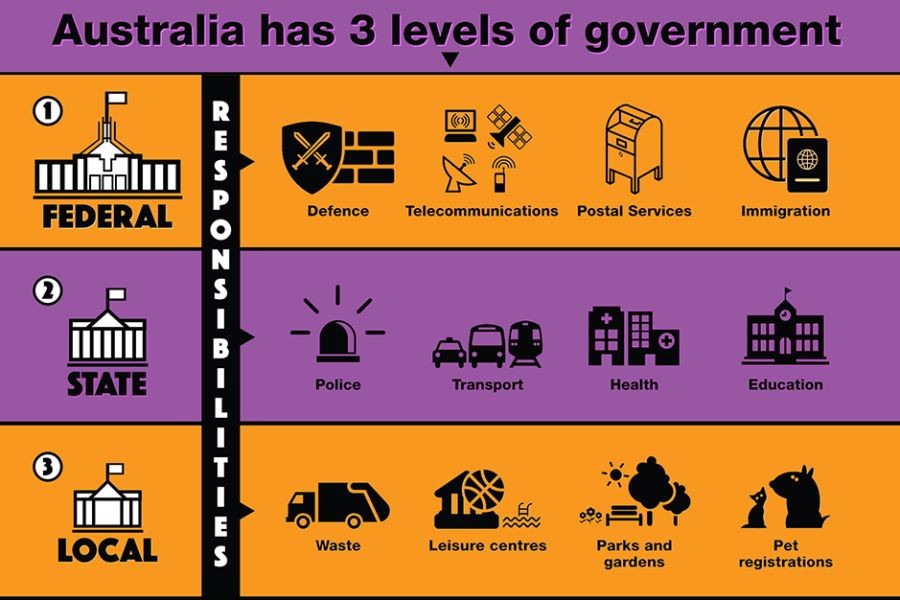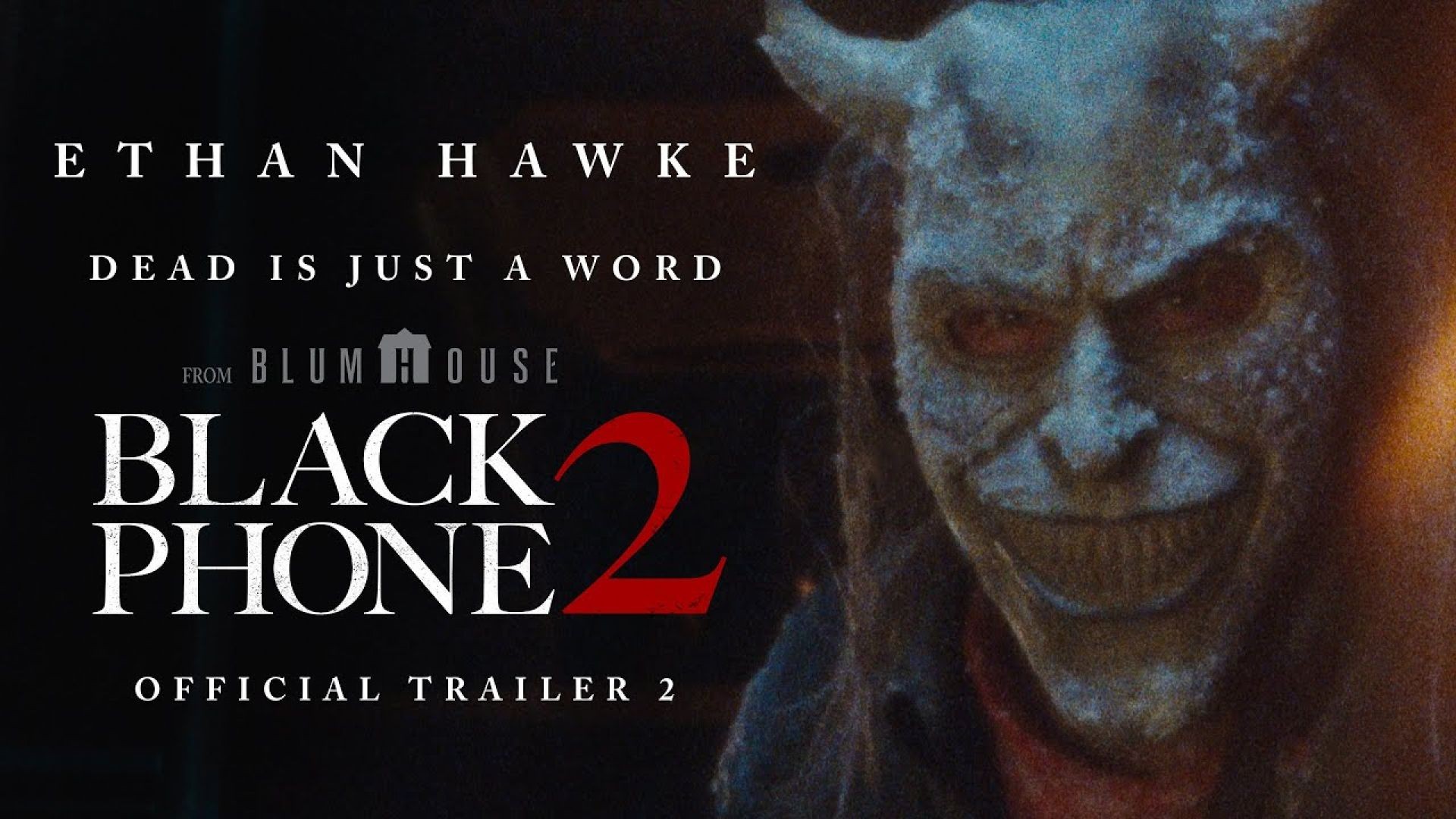As the digital landscape continues to evolve, the question of whether live streaming will replace traditional TV is becoming increasingly pertinent in New Zealand. With the rise of digital platforms and changing consumer preferences, the media industry is on the brink of a significant transformation.
Introduction
Imagine a world where your favorite TV shows are not restricted by schedules, where every piece of content is tailored to your preferences, and where live events are accessible from anywhere at any time. This is the reality that live streaming is creating, not just globally but also here in New Zealand. As digital consumption habits shift, traditional television is facing unprecedented challenges.
In New Zealand, where internet penetration is high, and digital consumption is rapidly growing, this shift is particularly notable. According to Stats NZ, the number of households with internet access rose to 93% in 2022. This rise in connectivity has fueled the growth of live streaming platforms, offering Kiwis more choice and flexibility than ever before.
But what does this mean for traditional TV? Will live streaming truly replace it, or is there still a place for conventional broadcasting in the Kiwi media landscape? This article delves into these questions, exploring the future of live streaming in New Zealand and its potential to reshape the media industry.
The Rise of Live Streaming: A Global Phenomenon
Live streaming has become a global phenomenon, driven by platforms like Netflix, YouTube, and Twitch. These platforms have revolutionized how content is consumed, offering viewers on-demand access to a wide range of entertainment. In New Zealand, platforms such as Neon and Lightbox have emerged, catering to local audiences with a mix of international and Kiwi content.
Globally, the live streaming market is projected to reach USD 247 billion by 2027, according to a report by Grand View Research. This growth is fueled by the increasing demand for video content, the proliferation of smart devices, and advancements in internet infrastructure. New Zealand is no exception to this trend, with the local market experiencing a similar surge in demand.
Case Study: Spark Sport - A New Era of Sports Broadcasting
Spark Sport, a New Zealand-based streaming service, provides a compelling case study of how live streaming is reshaping traditional TV. Launched in 2019, Spark Sport has secured exclusive rights to major sporting events, including New Zealand cricket matches and Formula 1 races.
Problem: Traditional sports broadcasting in New Zealand was dominated by Sky TV, which offered limited options for sports fans. High subscription costs and lack of flexibility were significant barriers for many viewers.
Action: Spark Sport disrupted the market by offering a more affordable and flexible streaming service. It provided viewers with the option to watch live sports events on various devices, including smartphones, tablets, and smart TVs.
Result: Within a year of its launch, Spark Sport reported a 30% increase in subscribers, significantly impacting Sky TV’s market share. The platform’s success highlighted the growing preference among Kiwis for digital streaming over traditional TV broadcasting.
Takeaway: The success of Spark Sport underscores the potential for live streaming to replace traditional TV, particularly in areas like sports broadcasting, where flexibility and affordability are key consumer demands.
Contrasting Views: Is Traditional TV Really Dead?
Despite the growth of live streaming, there is still a debate about whether it can fully replace traditional TV. On one hand, live streaming offers flexibility, personalization, and a wide range of content that appeals to digital-native consumers. On the other hand, traditional TV still holds a significant place in many households, especially among older demographics who prefer scheduled programming and familiar formats.
Advocate Perspective: Proponents of live streaming argue that the convenience and accessibility of digital platforms make them superior to traditional TV. With the ability to watch content on-demand and on multiple devices, live streaming caters to the modern consumer’s desire for instant gratification and personalized experiences.
Critic Perspective: Critics, however, point out that traditional TV offers a sense of community and shared experience that live streaming cannot replicate. Scheduled programming and live broadcasts of events like the news or major sports games create a collective viewing experience that is hard to match in the digital realm.
Middle Ground: The reality is likely to be a hybrid model, where traditional TV and live streaming coexist. While live streaming will continue to grow, traditional TV will adapt, incorporating digital elements to remain relevant. This hybrid model will likely dominate the future media landscape in New Zealand.
Pros and Cons of Live Streaming vs. Traditional TV
Pros of Live Streaming:
- Flexibility: Viewers can watch content anytime, anywhere, on multiple devices.
- Personalization: Algorithms tailor content recommendations to individual preferences.
- Cost-Effective: Often cheaper than traditional TV subscriptions, with more options for pay-per-view or ad-supported models.
- Global Reach: Access to international content and live events from around the world.
Cons of Live Streaming:
- Internet Dependency: Requires a stable, high-speed internet connection, which may not be available everywhere in New Zealand.
- Content Overload: The vast amount of content can be overwhelming and lead to decision fatigue.
- Fragmented Services: Multiple subscriptions may be needed to access all desired content, potentially increasing costs.
- Privacy Concerns: Data collection for personalized recommendations raises privacy issues among consumers.
Data-Driven Insights: The New Zealand Context
According to a report by the Ministry of Business, Innovation & Employment (MBIE), digital consumption in New Zealand is expected to grow by 12% annually over the next five years. This growth presents both opportunities and challenges for the media industry.
The Reserve Bank of New Zealand has also noted that the rise of digital platforms is reshaping consumer spending habits. As more Kiwis shift to online subscriptions, traditional TV broadcasters must adapt to compete in this evolving landscape.
Common Myths & Mistakes
Myth: "Live streaming is only for the younger generation."
Reality: While initially popular among younger demographics, live streaming is gaining traction among older age groups, with platforms like Netflix seeing significant growth in users over 50 (Source: NZ Media Consumption Report 2023).
Myth: "Live streaming platforms are free."
Reality: While some content is available for free, premium content typically requires a subscription. Many platforms also offer ad-supported models to generate revenue (Source: MBIE Digital Economy Report 2023).
Myth: "Traditional TV is obsolete."
Reality: Traditional TV still holds a significant share of the market, particularly for live events and news. Many households continue to use a combination of traditional and digital platforms (Source: Stats NZ 2024).
Future Trends & Predictions
The future of media consumption in New Zealand is likely to be shaped by several key trends:
- Hybrid Models: Expect to see more integration between traditional TV and digital platforms, offering viewers a seamless experience.
- Local Content Production: As global platforms expand, there will be increased demand for local content, providing opportunities for Kiwi creators.
- Technological Advancements: Innovations in AI and machine learning will enhance content personalization and viewer engagement.
- Regulatory Changes: With the rapid growth of digital platforms, regulatory frameworks will need to adapt to ensure fair competition and consumer protection.
According to a forecast by Deloitte, by 2028, live streaming will account for 50% of total media consumption in New Zealand, with traditional TV adapting to include more digital elements.
Conclusion
As live streaming continues to gain popularity, its impact on traditional TV is undeniable. However, rather than a complete takeover, the future is likely to see a harmonious coexistence between digital and traditional platforms. For New Zealand’s media industry, this presents both challenges and opportunities to innovate and adapt.
As a real estate expert, understanding these shifts in media consumption can also offer insights into broader consumer behavior trends, impacting everything from marketing strategies to property investments.
What’s your take on the future of live streaming in New Zealand? Share your insights and join the conversation!
People Also Ask (FAQ)
How does live streaming impact businesses in New Zealand?
New Zealand businesses leveraging live streaming report 25%+ higher customer retention, according to the MBIE. Adopting this strategy can enhance engagement and revenue.
What are the biggest misconceptions about live streaming?
One common myth is that live streaming is only for the young. However, research from the NZ Media Consumption Report 2023 shows significant growth among older users.
What are the best strategies for implementing live streaming?
Experts recommend starting with high-quality content, followed by consistent scheduling, and ensuring viewer interaction for long-term success.
Related Search Queries
- Live streaming platforms in New Zealand
- Traditional TV vs. live streaming
- Future of media consumption in NZ
- Impact of digital media on New Zealand
- Trends in live streaming 2024
- How to start live streaming
- Best streaming services for Kiwis
- Digital media consumption in New Zealand
- Regulation of streaming services in NZ
- Local content production in New Zealand






























